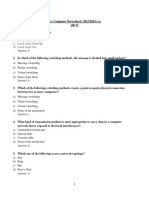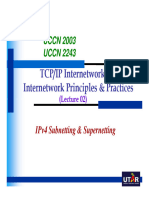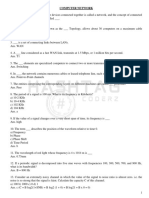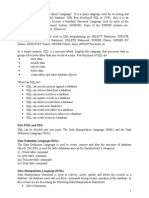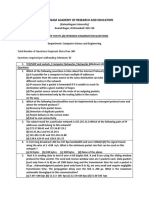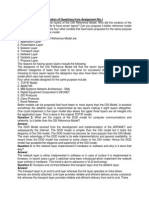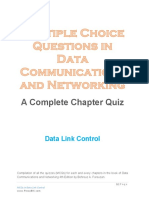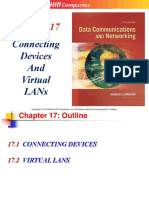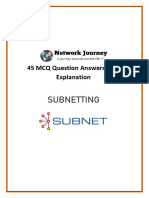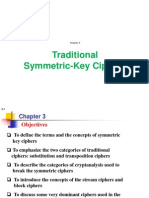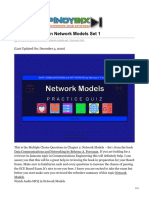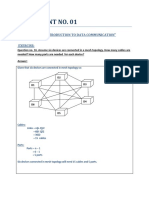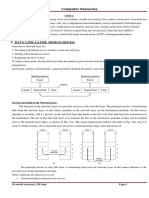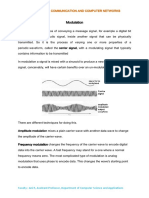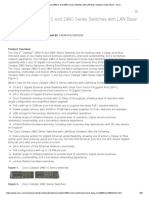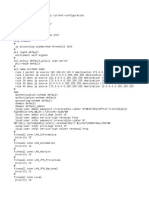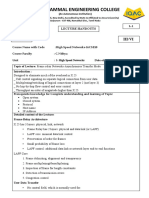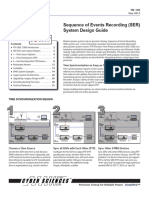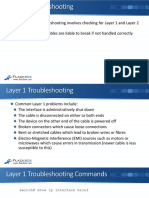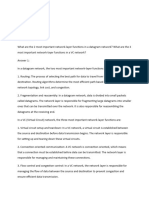0% found this document useful (0 votes)
255 views8 pagesTCP Header
The transport layer (layer 4) breaks up data from the application layer into segments, numbers each byte, and hands segments to the network layer for delivery. The two main transport layer protocols are TCP, which provides reliable communication, and UDP, which provides unreliable communication. TCP is connection-oriented and provides features like flow control, error checking, and congestion control.
Uploaded by
Neenu PrasannanCopyright
© © All Rights Reserved
We take content rights seriously. If you suspect this is your content, claim it here.
Available Formats
Download as DOCX, PDF, TXT or read online on Scribd
0% found this document useful (0 votes)
255 views8 pagesTCP Header
The transport layer (layer 4) breaks up data from the application layer into segments, numbers each byte, and hands segments to the network layer for delivery. The two main transport layer protocols are TCP, which provides reliable communication, and UDP, which provides unreliable communication. TCP is connection-oriented and provides features like flow control, error checking, and congestion control.
Uploaded by
Neenu PrasannanCopyright
© © All Rights Reserved
We take content rights seriously. If you suspect this is your content, claim it here.
Available Formats
Download as DOCX, PDF, TXT or read online on Scribd
/ 8
